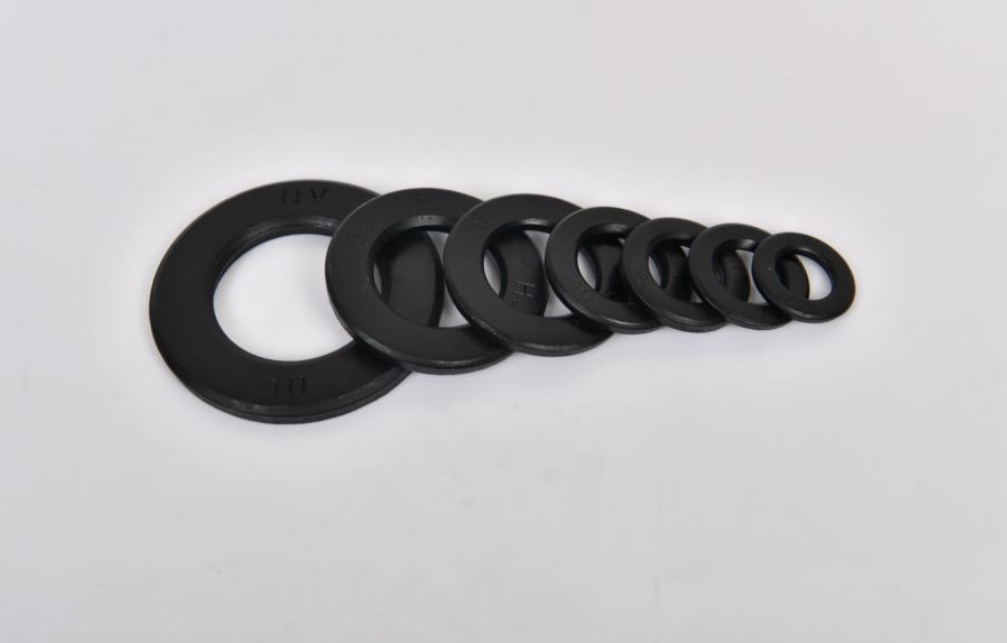China Drywall Screw Installation Schedule and Guidelines for Efficient Project Management
Understanding the China Screw Schedule for Drywall Installation
When it comes to drywall installation, the choice of screws and their application are crucial for ensuring robustness and durability. The China Screw Schedule for Drywall provides a comprehensive guideline to help contractors and DIY enthusiasts understand the requirements for effectively securing drywall to various substrates. This schedule is particularly important not only for compliance with building codes but also for optimizing the structural integrity of wall systems.
Basics of Drywall Screws
Drywall screws are specially designed fasteners that feature a sharp point, a self-tapping design, and a bugle head, which permits them to sit flush with the drywall surface. They are typically made from a variety of materials, including steel, which may be galvanized or coated to resist corrosion. The screws used in drywall installation are generally longer than typical wood screws to adequately penetrate the drywall and fix it to either wooden or metal studs.
Importance of a Screw Schedule
A screw schedule is essential for any drywall project. It ensures that the right length, type, and spacing of screws are used according to the specific needs of the project. This is especially relevant in regions like China, where construction standards and drywall types may differ from other countries. Following a screw schedule helps to avoid issues like sagging, cracking, or failure of the drywall assembly.
Key Components of the Screw Schedule
1. Types of Screws The screw schedule should specify the types of screws to be used based on the drywall thickness, typically ranging from 1/2-inch to 5/8-inch panels. It should also detail whether to use coarse-thread screws for wood studs or fine-thread screws for metal studs, as these choices enhance grip and stability.
china screw schedule for drywall

2. Screw Length The length of the screws is crucial. For standard 1/2-inch drywall, a 1-1/4 inch screw is commonly used, while 5/8-inch drywall requires at least a 1-5/8 inch screw. Using screws that are too short can compromise the hold, while overly long screws can puncture through the wall surface or damage hidden utilities.
3. Spacing Guidelines The schedule provides recommended spacing for screws, which is typically set at 12 inches apart on the edges and 16 inches in the field (the interior portion of the sheet). Proper spacing is vital to prevent drywall from bowing or cracking.
4. Installation Techniques The screw schedule also covers installation techniques, emphasizing that screws should be driven into the drywall just slightly below the surface to prevent tearing the paper. A proper technique ensures the integrity of the drywall and makes for easier finishing later on.
Regional Considerations
In China, it's important to consider local building practices and codes, which can impact the screw schedule. Construction materials, including drywall types, have been influenced by regional trends and domestic manufacturers. Thus, consulting local regulations and building codes can aid in aligning the screw schedule with specific requirements.
Conclusion
The China Screw Schedule for drywall installation is a vital resource that aids in the effective and secure attachment of drywall to supporting structures. By adhering to this schedule, contractors ensure longevity and structural soundness of their work, minimizing the risk of issues in the finished product. Ultimately, a systematic approach that emphasizes the correct choice of screws, their application, and adherence to regional standards will lead to successful drywall installation, making it a critical area of knowledge for anyone involved in construction or remodeling projects.
-
Top Choices for Plasterboard FixingNewsDec.26,2024
-
The Versatility of Specialty WashersNewsDec.26,2024
-
Secure Your ProjectsNewsDec.26,2024
-
Essential Screws for Chipboard Flooring ProjectsNewsDec.26,2024
-
Choosing the Right Drywall ScrewsNewsDec.26,2024
-
Black Phosphate Screws for Superior PerformanceNewsDec.26,2024
-
The Versatile Choice of Nylon Flat Washers for Your NeedsNewsDec.18,2024










